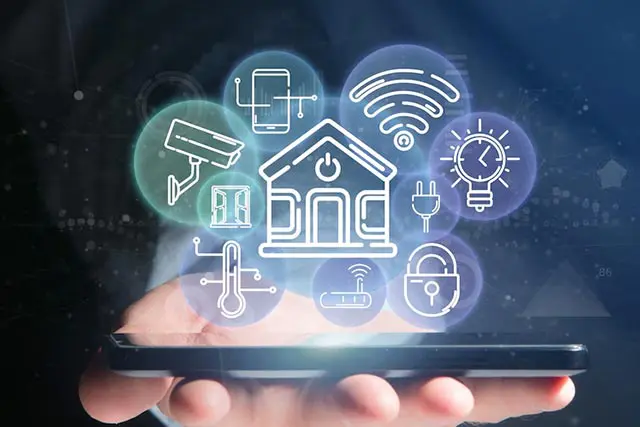
The building management system (BMS) is a comprehensive control system that is responsible for the automatic regulation and control of subsystems of non-GMP installations, maintaining predefined parameters (or set points) and controlling their functionality. The main purpose of the BMS is to ensure the safe operation of facilities, while monitoring and optimizing the usage and efficiency of its supervised subsystems to enable more efficient operation. Examples of the main subsystems controlled by the BMS are:
HVAC system. The duct temperature, pressure and humidity, as well as the exhaust temperature are connected to the BMS, and if their value exceeds the defined limits, an alarm is generated.
Central Smoke Collection, Laminar Flow Units, Dust Collection System, Central Vacuum System, Heat Blowers. The BMS monitors the performance of these systems, allowing early identification of units in need of maintenance. Sudden breakdown would be signaled through alarms and then appropriate action can be taken to protect the product.
Technical Steam System. If, for example, the pressure or temperature in the piping system drops below the regulatory values set for clean steam, the BMS will trigger an alarm, indicating a threat to product quality.
Hot Water System and Central Heating. Temperature monitoring and pump control via the BMS allows for a good functioning of the hot water distribution throughout the installation.
Chilled water system. Control of the facility’s chillers can be supervised by the BMS to monitor proper system behavior in terms of water/refrigerant temperature control or pump control to ensure proper distribution within the distribution circuit.
Sprinkler System (for fire safety).
Electrical Monitoring System. The BMS can monitor the electrical energy consumed and the status of the main electrical switches.
The number of subsystems connected to the BMS and the level of control are related to the investment decision. However, the two main subsystems that are usually accounted for in a BMS are (1) HVAC control and (2) electrical systems monitoring.
Copyright© 2024 Praetoriums. All Rights Reserved.